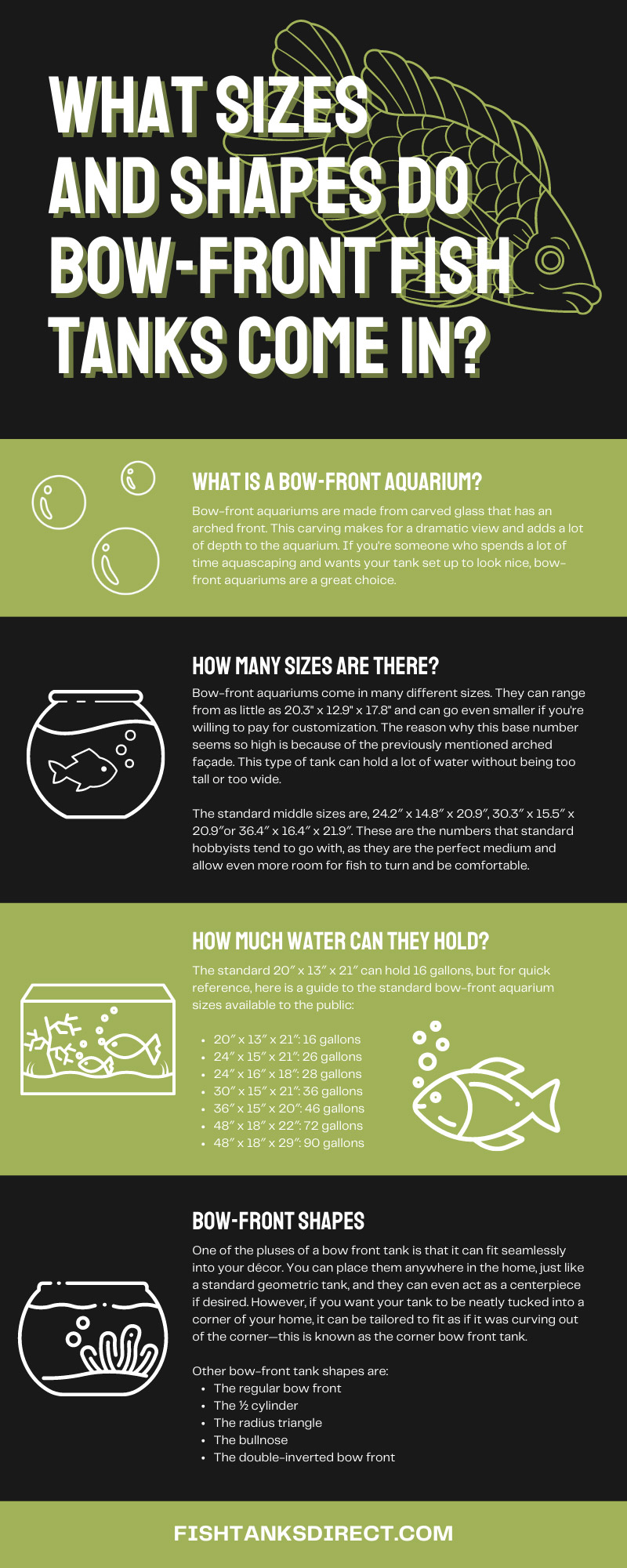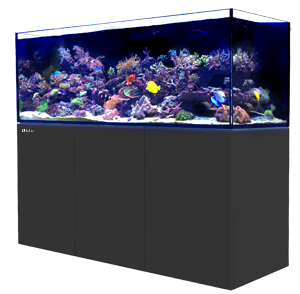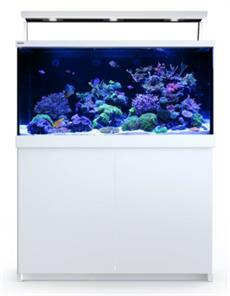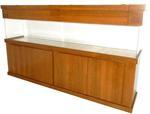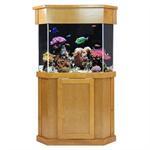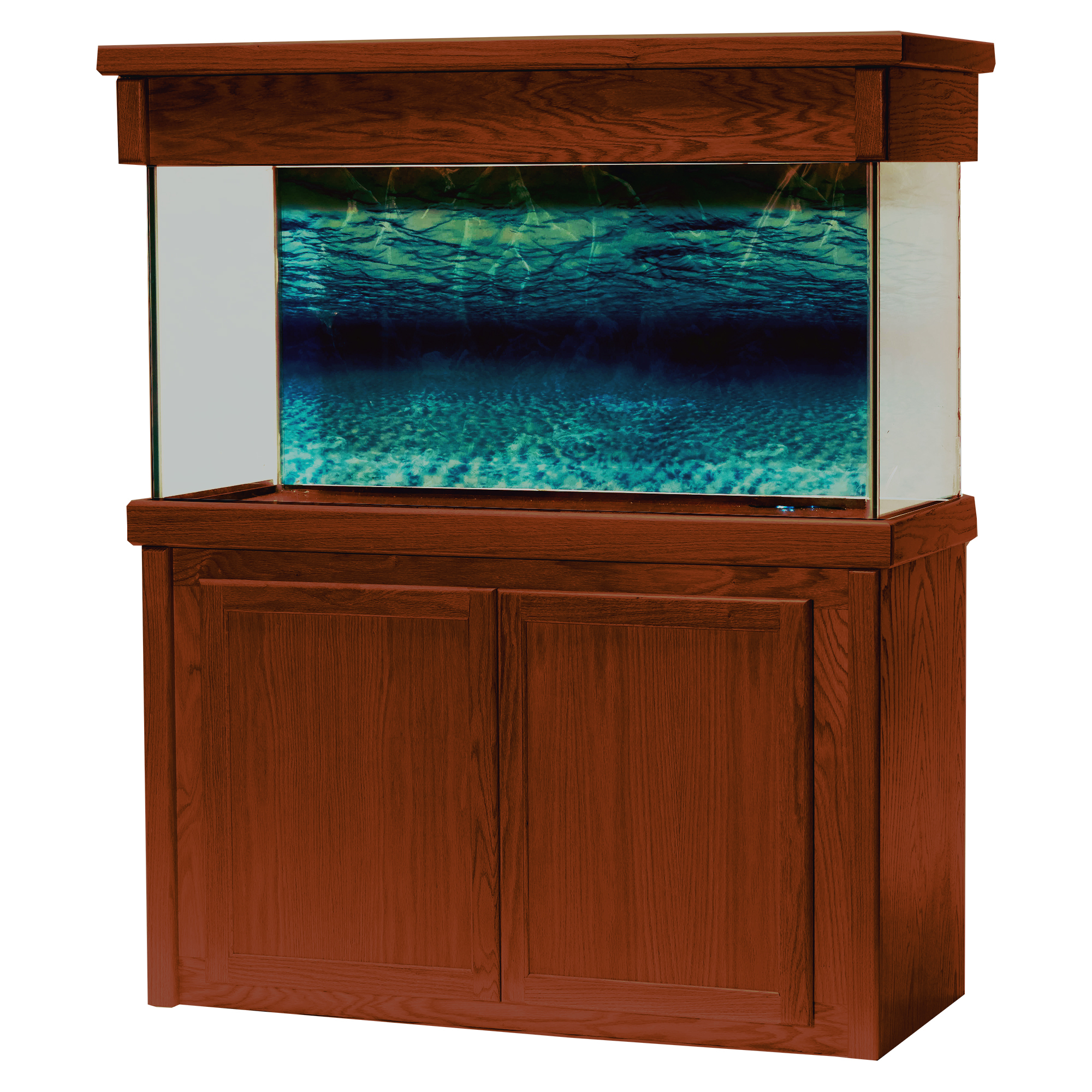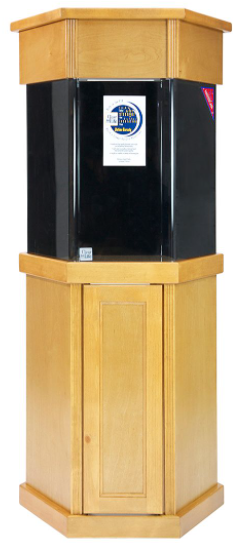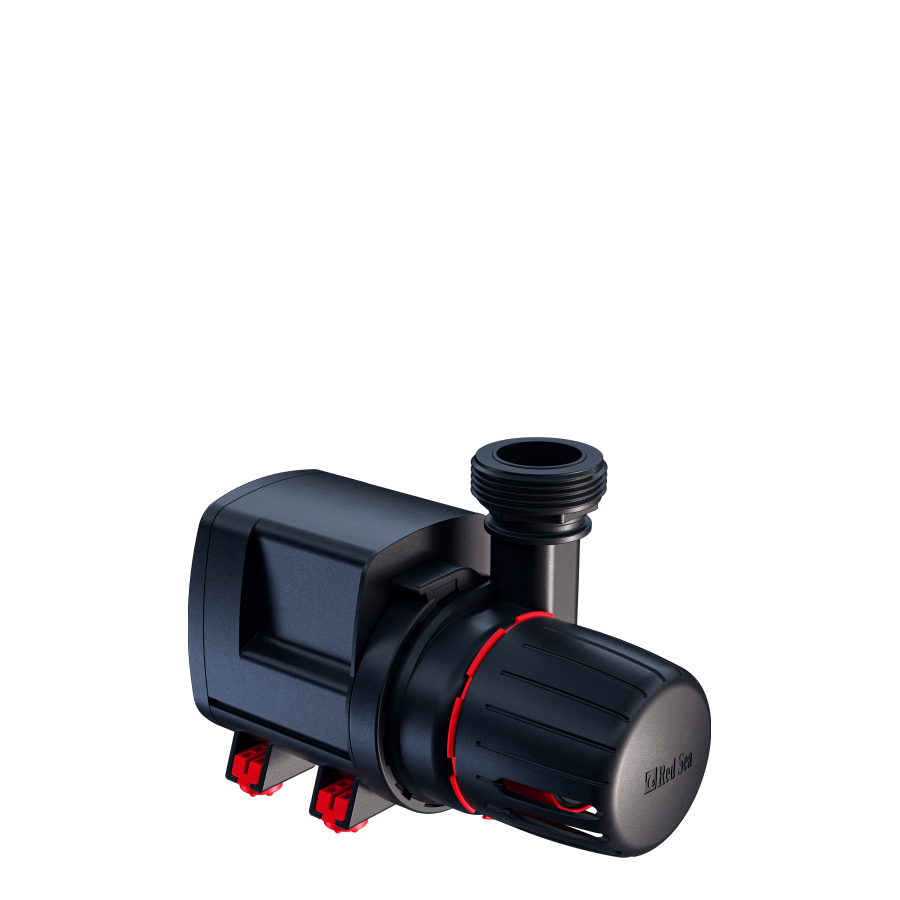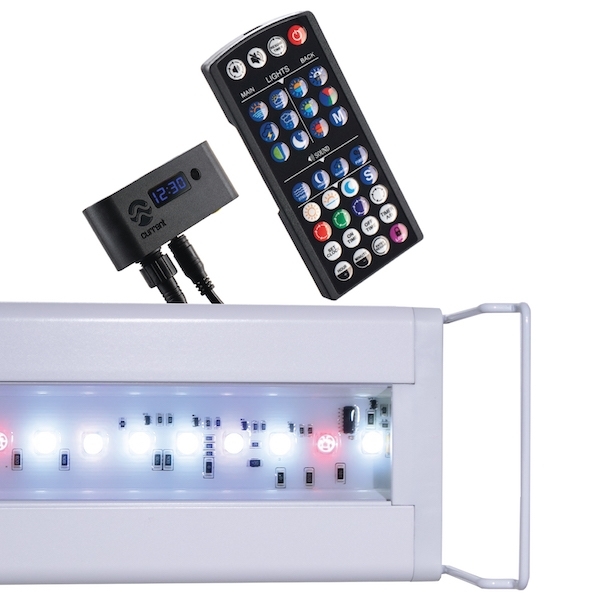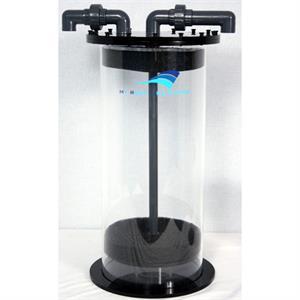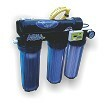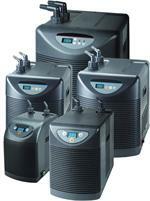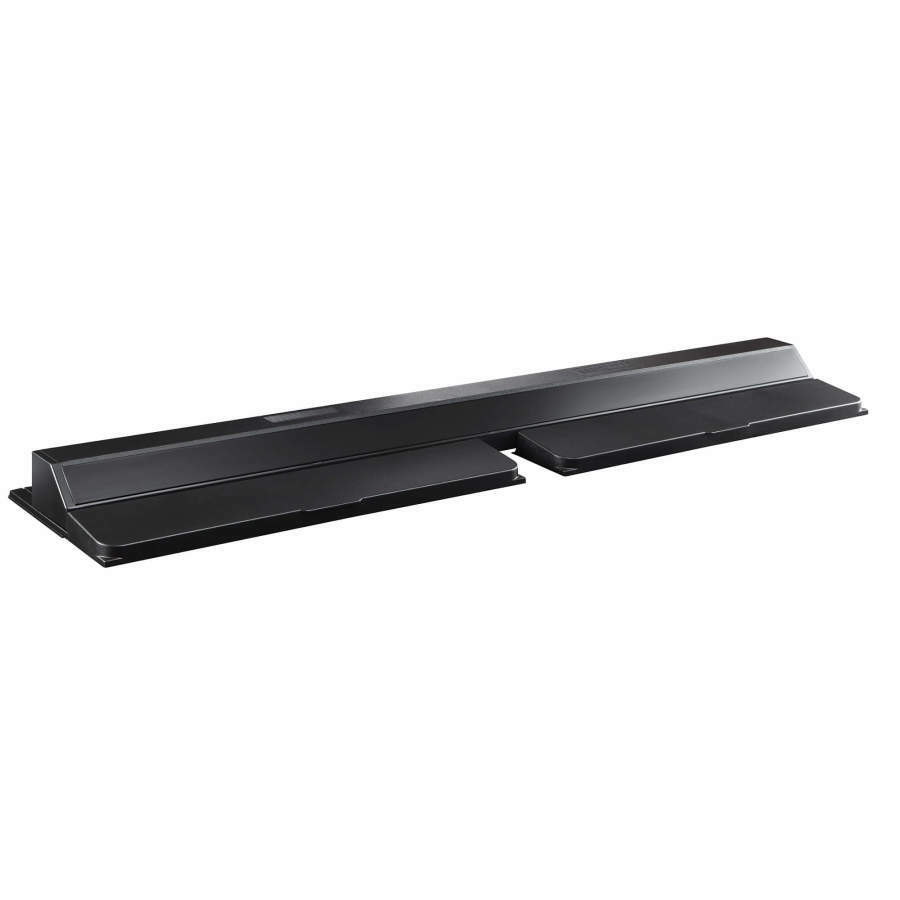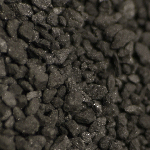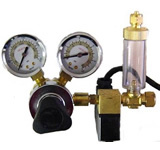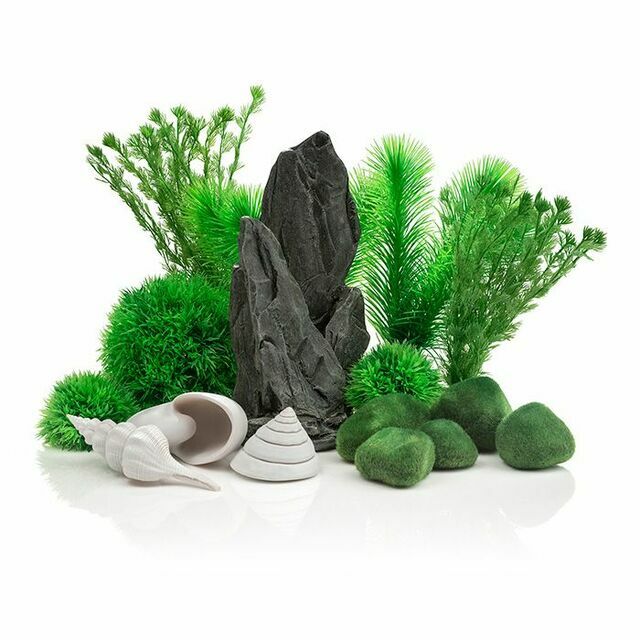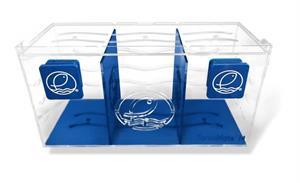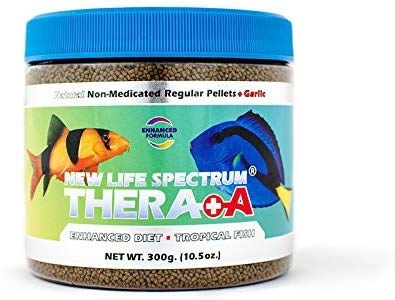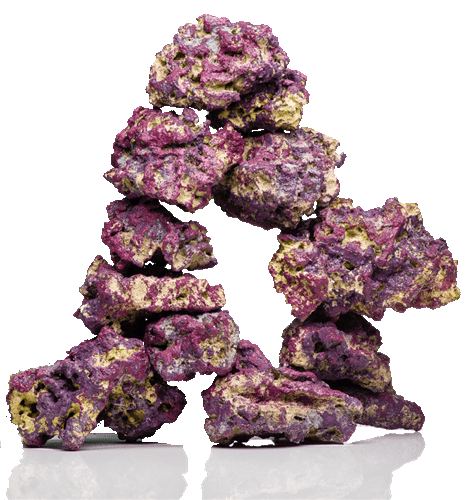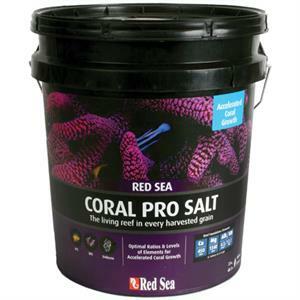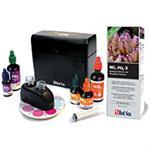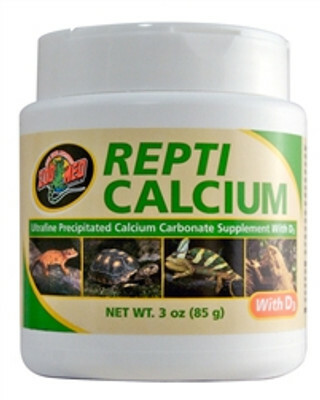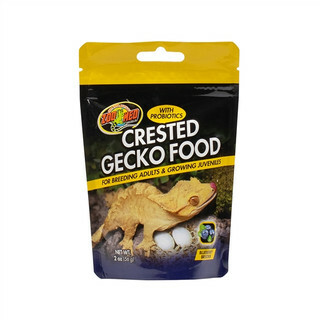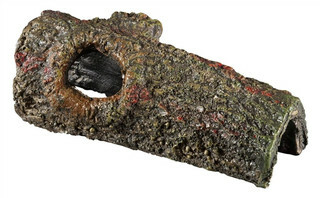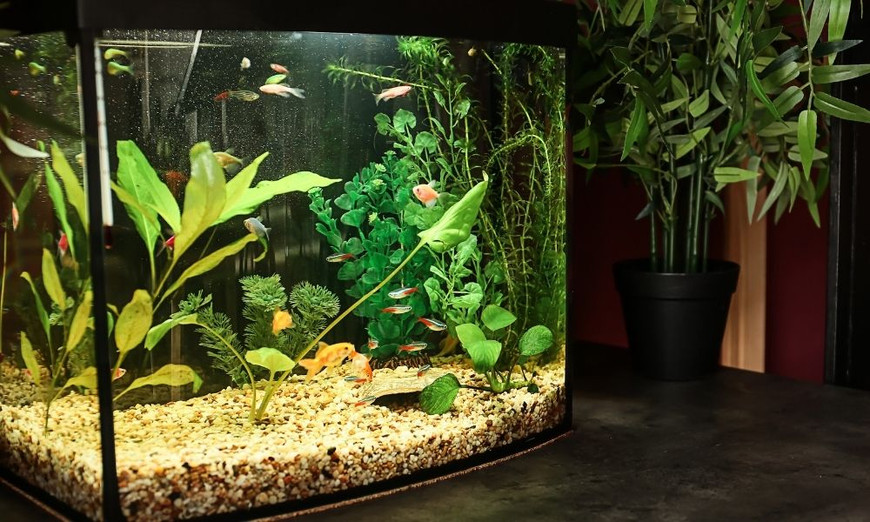What Sizes and Shapes Do Bow-Front Fish Tanks Come In?
Fish Tanks Direct on May 17th 2022
From the early 13th-century Chinese porcelain fishbowl to today, fish tanks have transformed in shape, size, and function. In the current day, bow-front fish tanks are rising in popularity due to their space-saving ability, as well as their sleek and modern design. Having an aesthetically pleasing pet area in your home isn't just designated for dogs and cats anymore. More and more hobbyists are turning to complex aquascapes and rooms dedicated to myriads of different aquariums and fish breeds.
When faced with all these decisions, it can be challenging to choose, whether it's simply for aesthetic value or not. However, if you've gotten this far and you know you want a bow-front fish tank, you've already won half the battle. But what sizes and shapes do bow-front tanks come in, and how many are there?
What Is a Bow-Front Aquarium?
Bow-front aquariums are made from carved glass that has an arched front. This carving makes for a dramatic view and adds a lot of depth to the aquarium. If you're someone who spends a lot of time aquascaping and wants your tank set up to look nice, bow-front aquariums are a great choice.
The great part about bow-front aquariums is that they are made of glass. Now, while glass is heavier than acrylic, it is harder to scratch and damage. Glass isn't porous, making it naturally antimicrobial. Because of their shape and material, this makes bow-front fish tanks even easier to clean, and they're less likely to hold harmful bacteria.
Bow-front aquariums also allow for a bigger tank in a smaller space. In addition, because of the arched nature of the tank, it spreads outwards rather than to the sides. This means if you want a tank that holds a lot of water but doesn't have the width for it, you don't have to compromise.
Don't get bow-front aquariums confused with 360° aquariums, though. Many people will market them as the same thing but be warned as a 360° can put fish under a lot of stress as they have fewer places to hide and get turned around often.
How Many Sizes Are There?
Bow-front aquariums come in many different sizes. They can range from as little as 20.3" x 12.9" x 17.8" and can go even smaller if you're willing to pay for customization. The reason why this base number seems so high is because of the previously mentioned arched façade. This type of tank can hold a lot of water without being too tall or too wide.
The standard middle sizes are, 24.2″ x 14.8″ x 20.9″, 30.3″ x 15.5″ x 20.9″or 36.4″ x 16.4″ x 21.9″. These are the numbers that standard hobbyists tend to go with, as they are the perfect medium and allow even more room for fish to turn and be comfortable.
Long term professionals tend to go with much larger tanks that range from 39″ x 27.4″ x 23 to 48.4″ x 18″ x 23″. These numbers are on the larger end of the scale but can be even more massive. Many professional aquariums that house sea creatures like dolphins and seals use bow-front tanks due to their beauty and customizability.
How Much Water Can They Hold?
Just like their sizes, the volume of water they can hold varies widely as well. For example, the smallest bow-front aquarium can hold as little as 1 gallon if that is the desired custom size. Just remember—the less standard the size, the more you'll have to pay for a custom-made one.
The standard 20″ x 13″ x 21″ can hold 16 gallons, but for quick reference, here is a guide to the standard bow-front aquarium sizes available to the public:
- 20″ x 13″ x 21″: 16 gallons
- 24″ x 15″ x 21″: 26 gallons
- 24″ x 16″ x 18″: 28 gallons
- 30″ x 15″ x 21″: 36 gallons
- 36″ x 15″ x 20″: 46 gallons
- 48″ x 18″ x 22″: 72 gallons
- 48″ x 18″ x 29″: 90 gallons
Remember that it is essential to note the weight of your fish, substrate, plants, and decorations before final setup to cross-reference it with how much your tank stand can actually hold. If you don't choose an aquarium stand but rather a piece of furniture, it is still critical to measure the total weight of your setup and how much your table can hold. This technique is not advisable for beginners, as it can quickly turn into a spilled and shattered tank.
However, your floor can still crack without a tank stand, so contact your contractor before putting all that water in your setup if you're aiming for a massive tank.
Bow-Front Shapes
One of the pluses of a bow front tank is that it can fit seamlessly into your décor. You can place them anywhere in the home, just like a standard geometric tank, and they can even act as a centerpiece if desired. However, if you want your tank to be neatly tucked into a corner of your home, it can be tailored to fit as if it was curving out of the corner—this is known as the corner bow front tank. In addition, they can come in the shape of a regular frame, or you have the option of having a seamless bow-front, just like any other tank.
Other bow-front tank shapes are:
- The regular bow front
- The ½ cylinder
- The radius triangle
- The bullnose
- The double-inverted bow front
The double inverted bow front tank makes for an almost immersive theatre experience with its expansive nature and elegance.
Regular bow-fronts and ½ cylinders are great for smaller fish or if you want something that comes a little taller. A radius triangle can also be fitted seamlessly into a corner but doesn't work well with offset angles. A bullnose or double bullnose will be more difficult to tuck away, but if you're looking for a really unique centerpiece shape, that's the perfect option for you.
Pros and Cons of Bow Front Aquariums
To help you decide whether a bow-front tank is best for you, here are some of their pros and cons.
Bow-front tanks are durable, beautiful, and easily customizable. Bow-front tanks can come with as many different frame designs as any other tank can and come with the added benefit of being able to fit in almost any home. They're a great choice for beginners, hobbyists, or industry professionals. Their glass composition makes them simple to clean, and they're always easy to see through.
If you have picky fish prone to disease, their glass structure is also a benefit. Acrylic is easy to scratch and exceptionally porous, leaving them prone to bacteria getting into places you just can't clean.
However, if you're a fan of taking pictures of your aquarium, a bow front isn't the most photogenic because of the distortion. So, while you still can take pictures, you might have to try a few more times and get creative with your picture-taking. Additionally, due to the weight of the glass, it makes for a very heavy tank. This is because the bow itself must be thick to get the shape just right in order to carve the glass.
Hopefully, knowing what sizes and shapes bow-front tanks come in helps you start your curved aquarium journey. There's no limit to how you can customize your aquascape. So, start brainstorming today and make your average fish tank a thing of the past by amping up your aquarium with a unique bow-front tank.
